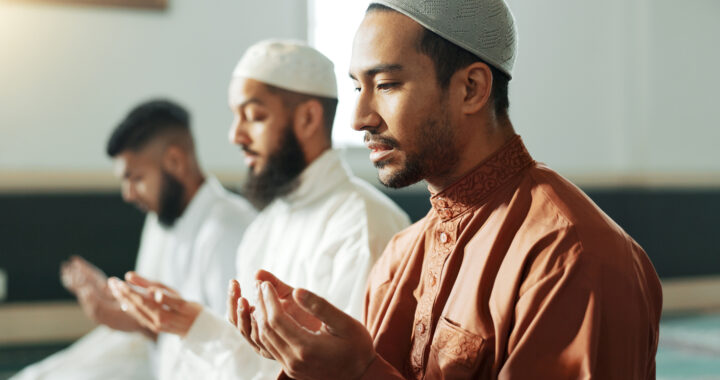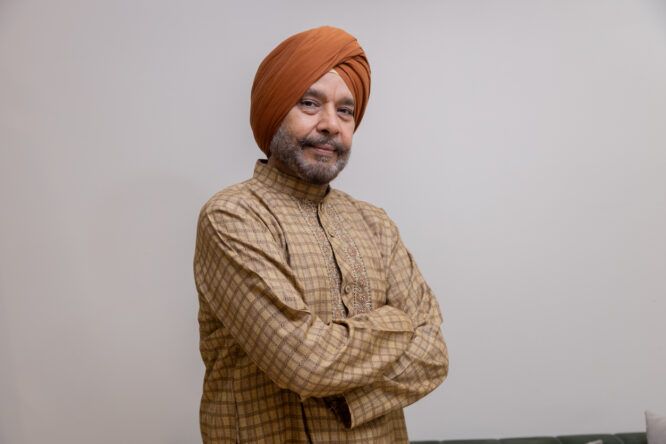Faith and mental health have had a complicated relationship over the years.

For some people, their spiritual beliefs have been a major source of strength and comfort; for others, religious spaces have sometimes been silent, or even harmful, when it came to emotional well-being. However, many faith traditions are beginning to speak more openly about mental health, and in some cases, they’ve always had space for it, even if it wasn’t always labelled that way. Here’s how different religions and spiritual paths view mental health today, and how their core beliefs often connect to emotional wellness more than you might think.
1. Christianity has become more open to discussing mental health in recent years.

While some Christian communities have historically focused on prayer alone to address emotional struggles, there’s been a noticeable change. More churches now openly talk about therapy, trauma, and the importance of mental health support alongside faith practices.
Many Christians find strength in the idea that even biblical figures like David, Elijah, and Job experienced deep emotional lows. This recognition helps to reduce stigma and allows for a more compassionate, holistic approach to mental health.
2. Buddhism places a strong emphasis on mental clarity and emotional balance.

In many Buddhist traditions, the mind is seen as both the source of suffering and the key to peace. Practices like mindfulness, meditation, and compassion are central to how Buddhists approach emotional health.
Rather than avoiding uncomfortable feelings, Buddhist teachings encourage sitting with them, observing them without judgement, and slowly letting go of attachments that cause inner distress. This approach can be incredibly grounding for people navigating anxiety, sadness, or uncertainty.
3. Islam views mental health as part of overall wellbeing.

In Islam, taking care of one’s mental and physical health is seen as part of fulfilling the trust that God has placed in each person. Emotional struggles are not seen as signs of weakness, but as part of the human experience that deserves compassion and support.
More Muslim communities are now openly discussing therapy and emotional support, combining modern mental health tools with spiritual guidance from the Qur’an and Hadith, which often encourage reflection, patience, and reaching out when in need.
4. Hinduism offers a mind-body-spirit approach to emotional wellness.

In Hindu traditions, mental and emotional wellbeing are tied to balance in all areas of life. Practices like yoga, mantra chanting, and meditation are tools for calming the mind and reconnecting with the self on a deeper level.
Hindu philosophy doesn’t shy away from the idea of emotional suffering. It instead encourages practices that help regulate the mind and encourage inner peace. There’s also an emphasis on karma and dharma, which can help people reframe struggles as part of a larger journey.
5. Judaism values mental health as part of living a meaningful life.

Judaism has long embraced the importance of emotional wellness through teachings that emphasise care for the self and community. Concepts like “pikuach nefesh,” or preserving life, can include taking care of mental health needs as a priority.
Modern Jewish communities are increasingly open about mental health topics, with many rabbis encouraging therapy and open conversations about emotional struggle. Compassion, honesty, and introspection are deeply woven into Jewish practice.
6. Sikhism encourages inner strength while acknowledging emotional pain.

Sikh teachings emphasise resilience, community support, and remembering the divine even during hard times. While mental health isn’t always explicitly discussed, the emphasis on service, prayer, and music (kirtan) can be emotionally healing.
Sikh philosophy encourages connection, kindness, and facing life’s challenges with courage. This doesn’t mean ignoring pain; it means moving through it with spiritual grounding and collective support.
7. Indigenous spiritual traditions often approach healing holistically.

For many Indigenous cultures, mental health is deeply connected to the land, ancestors, community, and spirit. Healing practices often involve ceremony, storytelling, and connecting with nature—tools that create emotional and spiritual alignment.
Rather than isolating mental health as a clinical issue, these traditions often see emotional struggles as a sign of disconnection or imbalance in one’s relationships with self and the environment. Restoring harmony is key.
8. Taoism encourages emotional flow and non-resistance.

Taoist teachings view life as a constant flow of energy, and emotional suffering often comes from resisting that flow. Instead of controlling or suppressing emotions, Taoism encourages observing them and allowing them to move through you.
This perspective can be calming for those dealing with stress or inner conflict. There’s also a strong focus on balance, both internal and external, as a way to maintain peace of mind over time.
9. Spiritual-but-not-religious paths often embrace mental wellness openly.

People who consider themselves spiritual but not religious tend to be highly open to mental health tools like therapy, mindfulness, journaling, or breathwork. These practices are often seen as essential parts of inner growth.
Rather than following one belief system, this approach is often about creating personal rituals that support wellbeing. It’s flexible, intuitive, and tends to normalise emotional vulnerability and self-reflection.
10. Interfaith movements are bridging gaps between spirituality and mental health care.

Interfaith organisations and leaders are increasingly working to bring spiritual language into mental health spaces, and vice versa. There’s a growing understanding that emotional support and spiritual support don’t need to be separate.
This collaborative approach helps reduce stigma in faith communities while also making mental health care more inclusive and culturally sensitive. At its best, it helps people feel seen in both their faith and their struggles.




